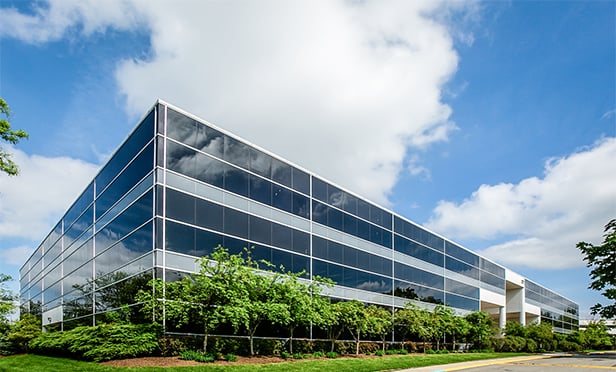
Commercial real estate conditions have improved steadily in the Puget Sound region, fueled primarily by new hiring and a lack of new development. During 2010, area employers expanded payrolls by 15,900 workers, following the loss of 125,000 jobs in the preceding two years. The rate of employment growth is forecast to accelerate to 2.2% (or by 36,000 positions) this year as local business conditions strengthen. Translating this into the commercial real estate sector, demand for apartments is expected to increase by year's end, pushing vacancies down and subduing, but certainly not eliminating, distress in that sector. Retail has benefited from a lack of new construction, which has resulted in greater leasing and a decline in concessions. Seattle's industrial sector is also expected to make strides, driven largely by an increase in trade activity. While the office market is gaining momentum, especially in the class A segment, the sector faces some uphill battles due to still-weak fundamentals.
Distress in Multifamily
Apartment vacancy will tighten further in 2011 as employment gains surpass the national average and completions slow to one of the lowest levels on record. Last year, declining homeownership rates and the resumption of job growth fueled a surge in apartment demand, pulling the vacancy rate in line with the 10-year average, despite the influx in deliveries. This year, operations will improve as stock additions decelerate and re-employed young professionals migrate to neighborhoods near major employment hubs such as Capitol Hill, Queen Anne, Ballard and Downtown Tacoma.
Recommended For You
Want to continue reading?
Become a Free ALM Digital Reader.
Once you are an ALM Digital Member, you’ll receive:
- Breaking commercial real estate news and analysis, on-site and via our newsletters and custom alerts
- Educational webcasts, white papers, and ebooks from industry thought leaders
- Critical coverage of the property casualty insurance and financial advisory markets on our other ALM sites, PropertyCasualty360 and ThinkAdvisor
Already have an account? Sign In Now
*May exclude premium content© 2025 ALM Global, LLC, All Rights Reserved. Request academic re-use from www.copyright.com. All other uses, submit a request to [email protected]. For more information visit Asset & Logo Licensing.








